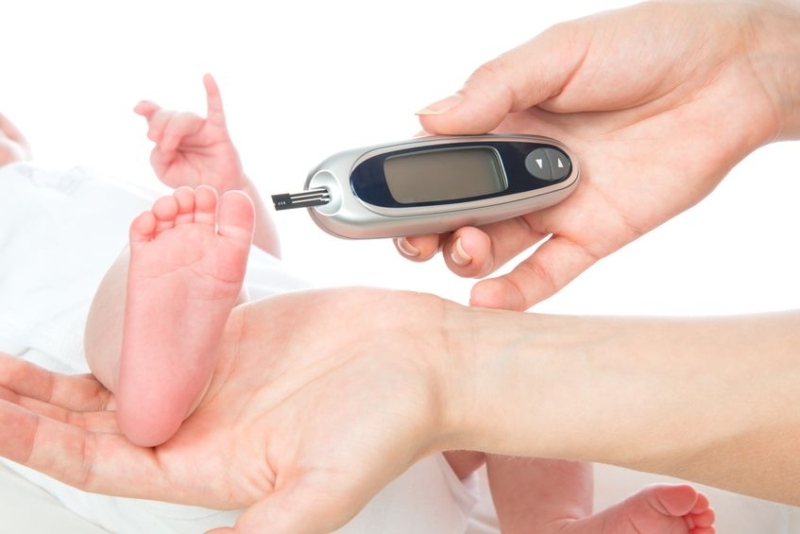I have loved the term ‘diabetical’ since the matriarch of Tyler Perry’s ‘Madea’ movie franchise first coined the phrase. The term masterfully highlights the diabolical nature of the disease, which has now become a worldwide public health crisis.
So what is diabetes? According to the CDC, diabetes reflects a condition where the body doesn’t process food properly. Consumed food is turned into sugar – our body’s prime energy source. The pancreas, an organ in the abdomen, produces the hormone insulin, which assists the body in utilizing sugar as an energy source. In the diabetic state, insulin is either not made properly (known as Type-1 diabetes), or doesn’t function properly (known as Type-2 diabetes). Diabetes is non-discriminate; it affects men, women, and children. It exerts its effects on all organ systems of the body, and if not kept in check, can result in blindness, nerve damage, stroke, heart attacks, kidney failure and limb loss – all of which, and more, are sequelae of the disease.
An exponential rise in the prevalence of the disease has been noted. Between 1985 and 2002, the number of the world’s population affected by diabetes rose from 30 million to 217 million. By 2030, this figure is expected to exceed 366 million.
Additionally, healthcare expenditures utilized to treat and prevent diabetes and its attendant complications are expected to exceed 490 billion dollars by 2030; interestingly enough, of that expenditure, more than 50% is anticipated to originate from the United States.
Aside from the economic impact, the prevalence of the disease exerts a huge burden. Lost revenue due to decreased workdays, restricted activity, decreased productivity, disability and mortality exists.
For us compatriots here in the United States, the question exists – how did we get here? The ‘diabetical’ epidemic did not come about as some sort of pathogen, such as the enterovirus that is rapidly spreading across the States; it came quietly. It came by a change in lifestyle. With the transition from “living off the land” to an industrial way of life, we as a nation have begun to eat less healthily, we are sedentary, we live longer now, and lastly WE ARE OBESE. Obesity and diabetes are now the yin/yang commonality.
Why am I on my soapbox? As a maternal fetal medicine specialist, I see a lot of obesity in my practice. Aside from the two types of diabetes mentioned earlier, there is a third that affects the pregnant woman. Diabetes prior to pregnancy (pre-gestational diabetes), and diabetes diagnosed during pregnancy (gestational diabetes) exist, and can negatively impact the unborn in utero, after birth, into childhood and beyond. Diabetes can cause congenital malformations, alter fetal growth, and preclude the newborn child to obesity and the development of diabetes into adulthood. Obesity and diabetes are transgenerational conditions that may have the ability to be decreased by the pregnant mom; what you eat, how you live, how you teach your children to eat and live, directly impacts your own health and that of future generations.
To the mamas-to-be, increase your exercise, fresh fruit and vegetable consumption and decrease eating the processed and fried foods. WATCH your weight and the weight of your children. If you are diabetic and wish to become pregnant, see your doctor and get your diabetes in control prior to conceiving. Motherhood is your opportunity to break the hold the ‘diabetical’ has, because after all in the glorious words of William Ross Wallace, “the hand that rocks the cradle rules the world.”








